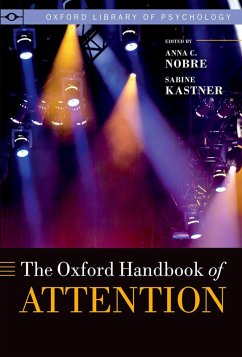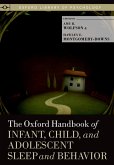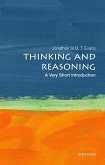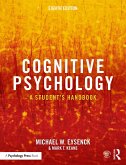During the last three decades, there have been enormous advances in our understanding of the neural mechanisms of selective attention at the network as well as the cellular level. The Oxford Handbook of Attention brings together the different research areas that constitute contemporary attention research into one comprehensive and authoritative volume. In 40 chapters, it covers the most important aspects of attention research from the areas of cognitive psychology, neuropsychology, human and animal neuroscience, computational modelling, and philosophy. The book is divided into 4 main sections. Following an introduction from Michael Posner, the books starts by looking at theoretical models of attention. The next two sections are dedicated to spatial attention and non-spatial attention respectively. Within section 4, the authors consider the interactions between attention and other psychological domains. The last two sections focus on attention-related disorders, and finally, on computational models of attention. Aimed at both scholars and students, the Oxford Handbook of Attention provides a concise and state-of-the-art review of the current literature in this field.
Dieser Download kann aus rechtlichen Gründen nur mit Rechnungsadresse in A, B, BG, CY, CZ, D, DK, EW, E, FIN, F, GR, HR, H, IRL, I, LT, L, LR, M, NL, PL, P, R, S, SLO, SK ausgeliefert werden.









